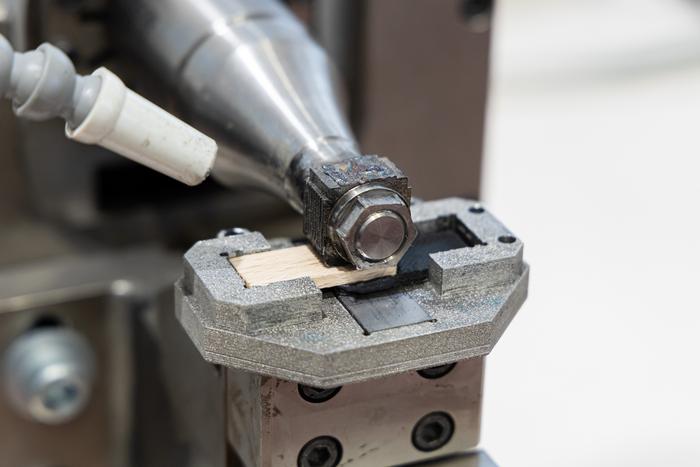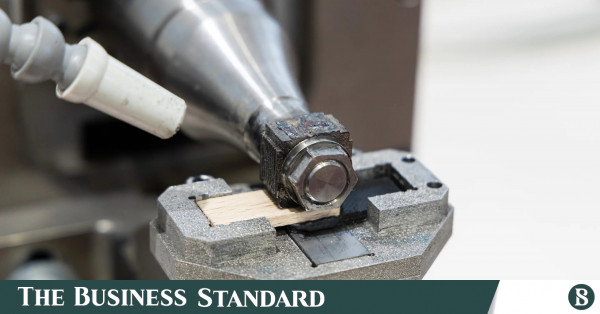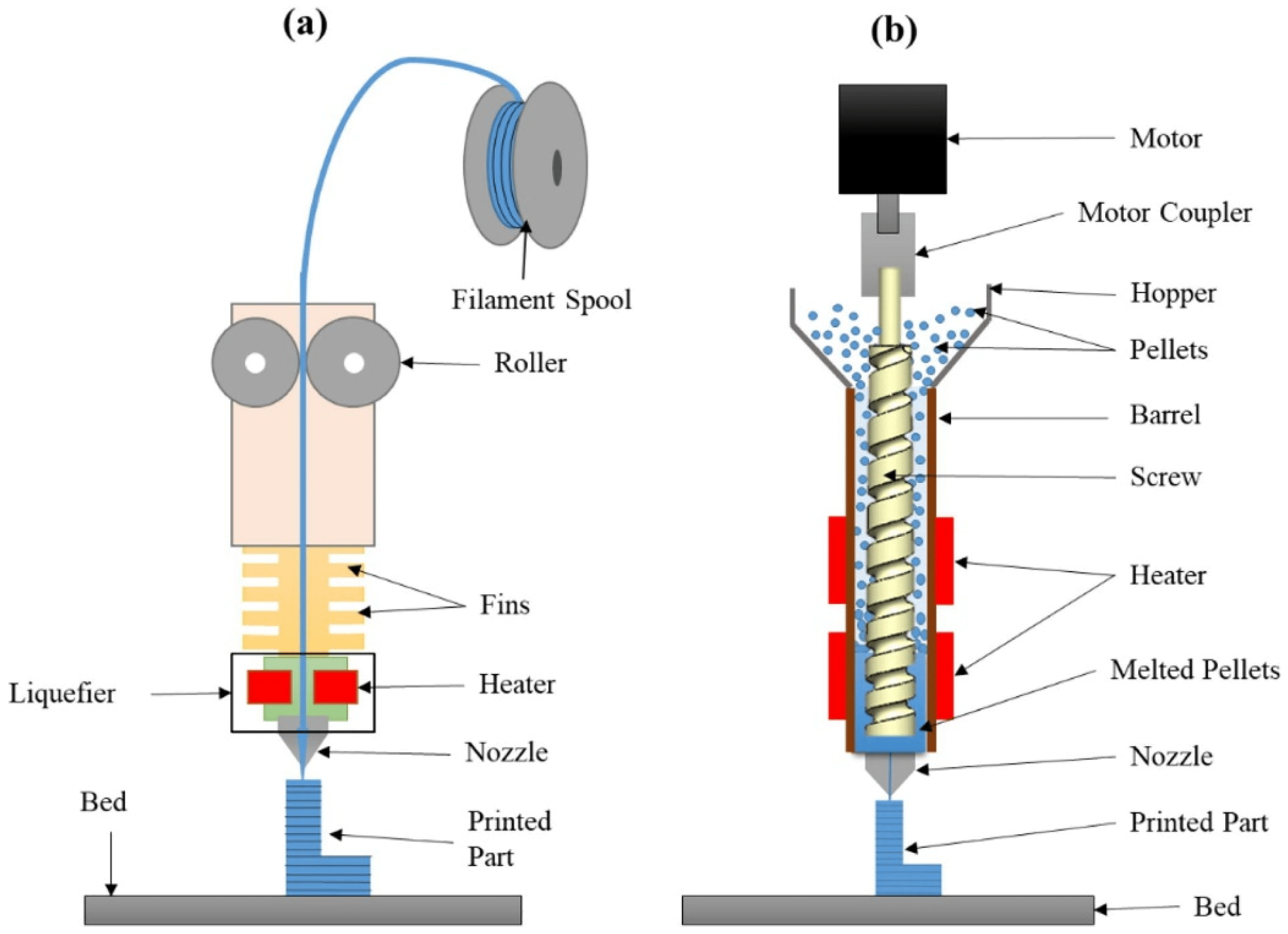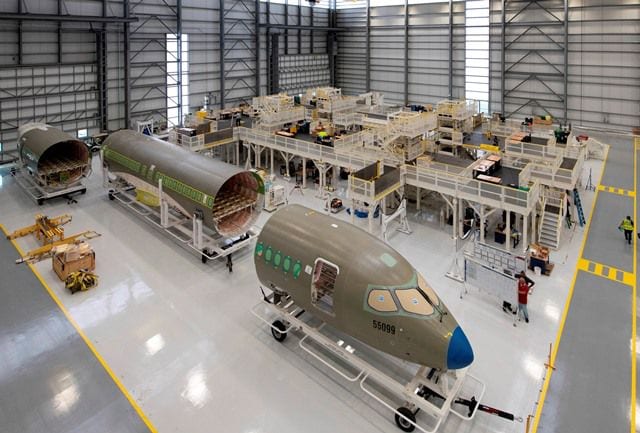ELEGOO Neptune 3 Pro FDM 3D Printer with Auto Bed Leveling, Dual-Gear Direct Extruder, Dual Lead Screw Drive, Removable Capacitive Screen, 8.85x8.85x11in Large Printing Size
$209.99 (as of June 19, 2025 23:45 GMT +00:00 - More infoProduct prices and availability are accurate as of the date/time indicated and are subject to change. Any price and availability information displayed on [relevant Amazon Site(s), as applicable] at the time of purchase will apply to the purchase of this product.)Have you ever wondered how wood can be seamlessly joined with modern polymer composites without any adhesives or screws? Researchers at Graz University of Technology (TU Graz) in Austria have developed an innovative method known as the AddJoining technique, which uses 3D printing to bond wood materials with polymer composites. This breakthrough could revolutionize various industries by making use of sustainable materials like wood, which is strong, lightweight, and renewable. So, let’s break down the fascinating details of this technique and its potential applications.

$30 off $400+ Anycubic Products with code AC30OFF
The Motivation Behind AddJoining
Environmental Concerns
The primary motivation for developing the AddJoining technique is environmental protection. The research team led by Sergio Amancio aimed to find a way to utilize wood—an eco-friendly material—in more applications without relying on adhesives or screws, which can be detrimental to the environment.
Versatility Across Industries
Wood is an excellent candidate for various industries, including aerospace, automotive, and furniture manufacturing, due to its strength and light weight. Nevertheless, traditional joining methods have limited its use. With the AddJoining technique, wood can become a more viable material in these sectors, promoting sustainability and reducing the reliance on non-renewable or challenging-to-recycle materials.
How AddJoining Works
3D Printing on Wood
The AddJoining process involves 3D printing a polymer composite component directly onto an untreated wood substrate. The polymer material penetrates the wood’s porous structure, creating a chemical bond similar to how glue works with wood.
Strong and Durable Bond
Mechanical load tests performed by TU Graz researchers revealed that the bond between the wood and polymer is incredibly strong. Researcher Gean Marcatto noted that fractures occurred in the wood and polymer but not at the joint itself. This indicates a robust and durable bond.
Potential Enhancements
While the current process is straightforward, adding additional steps, such as using laser texturing or etching to create micro- or nano-structures in the wood, could further enhance the bonding by allowing more polymer to penetrate the wood’s surface.

Buy Photon Mono M5 Get Free 1KG Resin
The Science Behind Ultrasonic Joining
Basic Principle
Another technique developed by the TU Graz team is Ultrasonic Joining. Unlike AddJoining, this method uses high-frequency vibrations to generate frictional heat, causing a polymer or polymer composite material to melt and seep into the wood’s porous structure.
Suitable for Larger Components
Ultrasonic Joining is particularly well-suited for large components and 2D structures. The technique allows for precise spot joints and can be further strengthened by texturing the wood surface.
Materials Tested
Variety of Woods
The researchers tested different types of wood, including beech and oak, to ensure the technique’s versatility across various wood types.
Base Materials
Alongside different wood types, the team also experimented with a range of base materials, such as carbon-fiber-reinforced polyamide, polyphenylene sulphide, stainless steel 316L, and Ti-64 alloys.

Industrial Applications
Aerospace and Automotive Sectors
Given its potential for creating strong and lightweight joints, the AddJoining technique could be highly beneficial in the aerospace and automotive industries. These sectors continually seek materials and methods that offer both performance and sustainability.
Furniture Manufacturing
Furniture makers could significantly benefit from this technique. It allows for intricate designs and strong, durable furniture pieces without needing adhesives, which can sometimes be harmful over long periods.
Future Collaborations
Partnering with Industry
TU Graz researchers are working to collaborate with industry partners to further develop and refine these multi-material joining methods, making them commercially viable.
Enhancing Current Techniques
The team is also interested in optimizing the AddJoining and Ultrasonic Joining techniques by exploring additional materials and refined processes, ensuring they meet the needs of various industries.

Why AddJoining Matters
Sustainability
The AddJoining technique can profoundly impact sustainability in manufacturing. Using wood more effectively can reduce the environmental footprint and minimize the need for non-renewable materials.
Innovation
This innovative approach opens new avenues for integrating traditional materials like wood into modern manufacturing processes, offering a blend of tradition and high-tech advancements.
In summary, the AddJoining technique developed by TU Graz researchers holds immense potential to transform industries by promoting the use of sustainable materials like wood in combination with modern polymer composites. The method’s innovative approach to joining without adhesives or screws not only contributes to environmental protection but also offers durable and versatile applications across various sectors. Whether in aerospace, automotive, or furniture manufacturing, the AddJoining technique could be a game-changer, paving the way for more sustainable and efficient manufacturing practices.
$30 off $400+ Anycubic Products with code AC30OFF









